The Hebrew Scriptures, also referred to in Christianity as the Old Testament, is the largest, most detailed, and most comprehensive book of prophecy in existence. Biblical history is always prophetic history and therefore it is not and cannot be an Old Testament. Even this train of thought, that biblical history is always also prophetic history, was formulated by the prophet Isaiah:
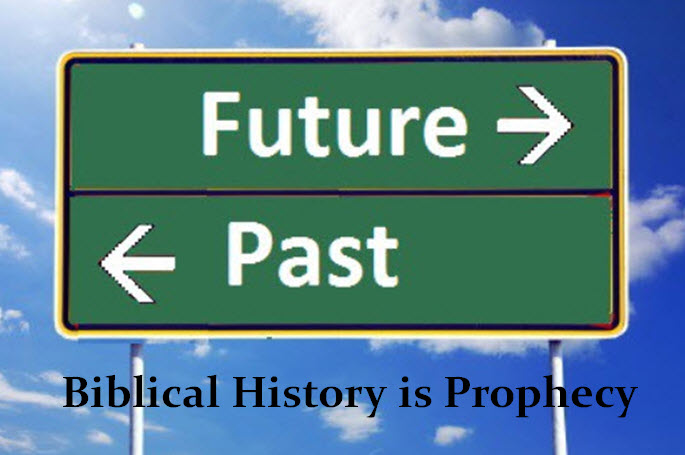
“Remember the former things from ancient times, that I am Elohim! There is none else, no Elohim like me, who proclaims the end from the beginning and from ancient times what has not yet happened …” Isaiah 46:9-10.
In other words, If we want to understand the end of days, we have to go back to the beginning. The events that happened to our biblical forefathers literally happened, but those historical events are also a prophetic blueprint for the end of days.
The word of Yahweh can be viewed on four different levels: p‘shat, remez, drash and sod. There are four different levels of study in His word.
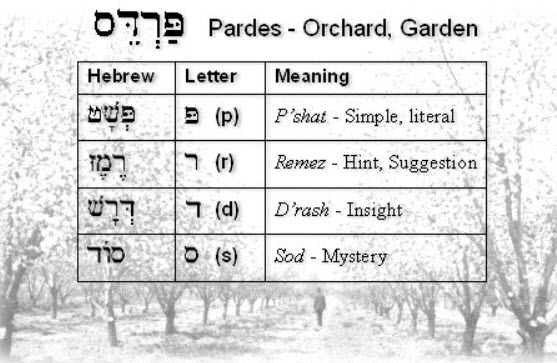
Four Levels of Bible Study
P‘shat – is a literal explanation. At this level, one studies the text by simply reading the text and looking at its literal meaning, on the surface level.
Remez – is a suggestion or a hint. The hint in the text points to a deeper truth than on the surface.
Drash – Looks for relationships, thematic connections between different passages. Studying the scriptures to explore the deeper meaning.
Sod – is the deepest level of study. We looking for the “heart“ of the passage. The sod level refers to the level of hidden mysteries, which often also touches on the prophetic meaning.
We now look at the scripture Genesis 29:1 and look at it from the P’shat level:
“And Jacob arose and went to the land of the sons of the east.”
Interestingly, it is said of Job that he was “greater than all the sons of the east” (Job 1:3).]
We know from the story of Job that he went to the land of Zu, which was probably named after Zu, the son of Nahor, Abraham’s brother. It is assumed that the land of Zu was located in south-eastern Palestine, facing the Arabian desert.
Here is the scripture, in English an in Hebrew, side by side:

“And Jacob arose and went to the land of the sons of the east” reads like this:
Nasa Jacob nasa regel yalak eres ben qedem.
Nasa means: to raise, lift up, literally and figuratively in a variety of applications, but also to advance, look up, suffer, endure, desire, praise, pardon, go on, uphold, honorable, exalt, marry, glorify, swear, devoted, etc.
This word nasa occurs twice: “nasa Jacob nasa”, and is translated “And Jacob rose up”.
But if we look at the multitude of meanings, everything actually fits Jacob in summary. He arose, advanced, looked up, suffered and endured much, also desired, and in the end, forgave his brother Esau, he married, and he surrendered.
Regel is the Hebrew word for “on the journey”. And interestingly, the word regel comes from the root word ragal, which means, among other things, to go on foot, to spy out, to go on foot, to go around, to walk along, to move one’s feet. And once again Jacob’s feet are involved.
Jacob Had a Vision
We read in Genesis 29:2:
“And he (Jacob) looked, and behold, there was a well in the field; and behold, three flocks of sheep were lying there by it, for from that well they watered the flocks; and the stone at the mouth of the well was large.” Genesis 29:2
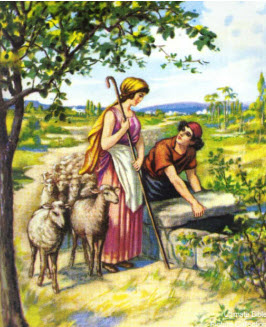
When we leave the P‘shat level and look for the hidden meaning of the Hebrew words, we discover amazing things. The Hebrew word for “and he looked“ is ra’a and it means to see and to have a vision. We find the same word ra’a again with Abraham:
“On the third day, Abraham lifted up his eyes and saw the place from afar.” Genesis 22:4
So Jacob, in the land of the east, had a vision, and in this vision, he saw a well in the field with three flocks of sheep encamped around it. And these three flocks were, first, the flock of Leah: Reuben, Simeon, Levi, Judah, Issachar, and Zebulun. The second flock was the flock of Bilah: Dan and Naphtali, and the third flock was the flock of Zilpah: Gad, and Asher.
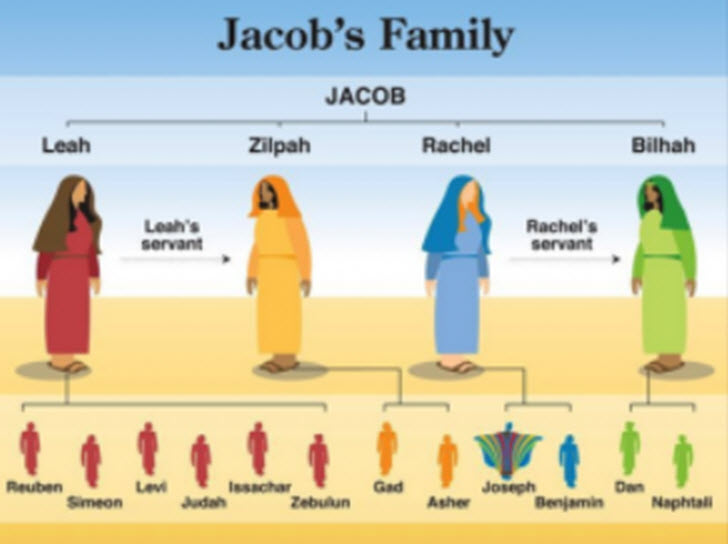
Vision of Three Flocks
And in this field with the well, he saw these three flocks in a vision of the future. And it says:
“For from this well they watered the flocks.” Genesis 29:2
Just as the wells were vital for supplying water to the herds of animals back then, their spiritual significance is also essential. The wells speak of the refreshment and life-giving power of Yah’s word.
They are a symbol of rebirth. It is thematically connected at the drash level to the passage in scripture about the Samaritan woman who met Yeshua at the well:
“Whoever drinks of the water that I shall give him will never thirst. But the water that I shall give him will become in him a fountain of water springing up into everlasting life.” John 4:14
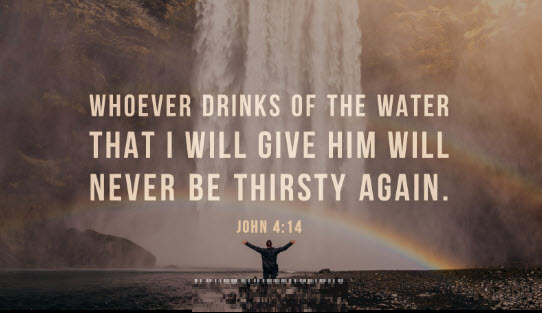
Yeshua put the well inside of her: the well of salvation and everlasting life through faith in the Messiah!
Jacob saw that these three family flocks, (the ten tribes of Israel). He saw that they would drink from the fountain of life. The passage says:
…and a great stone was upon the well’s mouth. Genesis 29:2
The Hebrew word for opening (or mouth) is pé. Pé comes from the root word pa’a, which means to blow away, to scatter like the wind into the corners. And what does Jacob see in the opening – a scattering to the four corners of the earth, where these ten tribes were to be scattered one day.
But on the opening was a large stone.
In English, it reads: “and a great stone“
in Hebrew it reads: “eben gadol eben“
The word eben also contains ben, and the word ben also means son. So there is a great son on the vision of the ten tribes being divided. The root word of eben is bana, which means:
To build, restore, establish, continue, and be built up (a childless woman who becomes the mother of a family through the children of a concubine).
To summarize again: Jacob rose up, suffered and endured much, married, and in the end, forgave his brother Esau on this journey to the land of the East. There, at a well, he had a vision of three flocks of sheep, as an image for the sons of the three women Leah, Bilah, and Zilpah.
Apart from Judah, this was the foundation for the future 10 tribes, who were later scattered to the four corners of the earth. At the mouth of the well was a large stone, gadol, an image of Yeshua, who is the son of Yah. And since the root word of eben is bana, which means to restore, Yeshua will be the one who will restore the ten tribes.
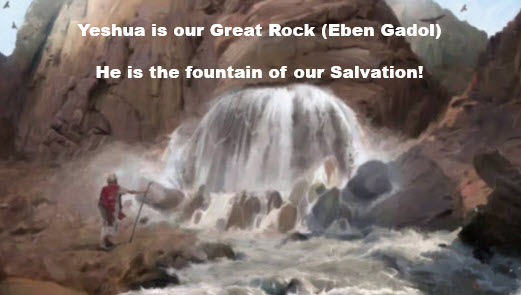
Rolling Away the Stone to Water the Flocks
We also hear the narrative: “And when all the flocks were gathered there, they rolled the stone from the mouth of the well and watered the sheep; then they put the stone back in its place at the mouth of the well.” Genesis 19:3
We hear that the stone was only rolled from the mouth of the well when all the flocks were gathered together. There were men on the spot who said to Jacob:
“But behold, his daughter Rachel (i.e. Laban’s daughter) is coming with the sheep.” Genesis 29:6
Jacob asked the men to water the sheep, but they replied:
“We cannot until all the flocks have gathered together; then they will roll away the stone from the mouth of the well and we will water the sheep.” (Genesis 29:8)
While Jacob was still talking to the men, it is written:
“Then Rachel came with the sheep that belonged to her father, for she was a shepherdess. And it came about when Jacob saw Rachel, the daughter of Laban his mother’s brother, and the sheep of Laban his mother’s brother, that Jacob came and rolled away the stone from the mouth of the well and watered the sheep of Laban his mother’s brother.” Genesis 29:9-10
The Fourth Flock
Now Jacob sees the fourth flock coming from Rachel: Benjamin and Joseph. We remember that the men said that only when all the flocks had gathered did they roll the stone from the mouth of the well to water the sheep.
But Jacob does not adhere to this: when he saw Rachel, he came and rolled the stone from the opening of the well to water Laban’s sheep. Prophetically speaking, this means that on the one hand the three flocks, as an image of the ten tribes, are already gathered and then Rachel’s flock, Benjamin and Joseph, come and Jacob takes care of them separately. Benjamin is the only son born in Israel and belongs to the house of Judah.
Jacob, who will later be called Israel, waters Rachel’s flock of sheep, representing the house of Judah, separately from the other three flocks. He does not wait until all four are gathered together. Does this not mean that the house of Judah needs to be treated in advance before it can be brought together with the other three flocks, i.e. the ten lost tribes?
When all four flocks are brought together, the stone, Ben, the Son, is rolled from the mouth of the well and all four will be abundantly watered.
Ultimately, the four flocks of sheep here are a picture of the two houses, the house of Israel and the house of Judah, and their coming together. The three flocks must wait for the fourth flock, the house of Judah, before the Son is revealed over them all and they are all abundantly watered.
We conclude by listening to the prophet Ezekiel:
“And the word of Yah came to me thus: ‘And you, son of man, take for yourself a piece of wood and write on it: “For Judah and for the sons of Israel, his companions. “And take another piece of wood and write on it, ‘For Joseph, the wood of Ephraim, and all the house of Israel, his companions. ” And join them together, one to the other, into one piece of wood, so that they become one in your hand. And when the sons of your people say to you, “Will you not tell us what this means to you?” then say to them, “Thus says the Lord Yah: ‘Behold, I am taking the wood of Joseph, which is in the hand of Ephraim, and the tribes of Israel, his companions; and I am laying on it the wood of Judah and making them into one wood, so that they may become one in my hand.'”
Ezekiel 37:15-19
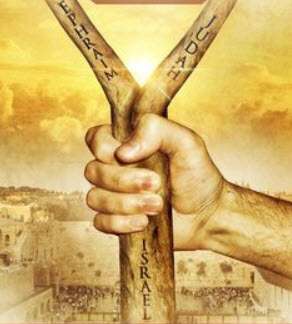
Prayer Target
Scripture: Thus says the Lord GOD: “Surely I will take the stick of Joseph, which is in the hand of Ephraim, and the tribes of Israel, his companions; and I will join them with it, with the stick of Judah, and make them one stick, and they will be one in My hand.” ’ Ezekiel 37:19
Prayer: Abba, dear Father, remind us through your Ruach HaKodesh that we our keep our brother Benjamin, the house of Judah, in our mind and heart. May we carry him in our prayers. We pray for his eyes to be opened to salvation in Yeshua. Make us ready to stand by his side and walk with him, support him, pray for him, and love him.
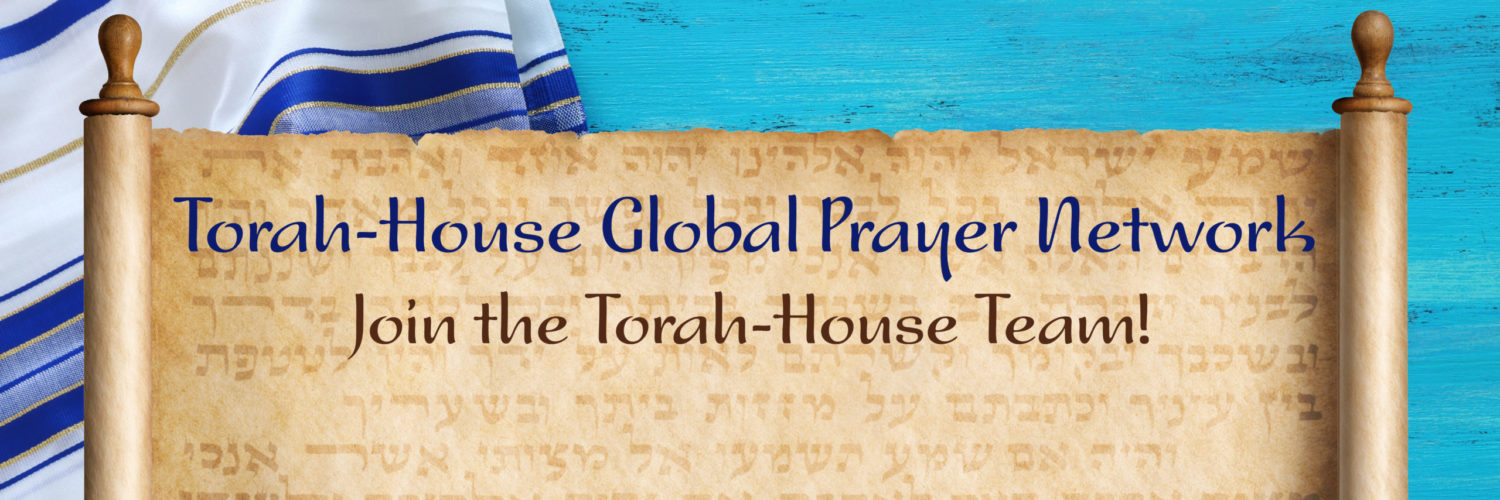
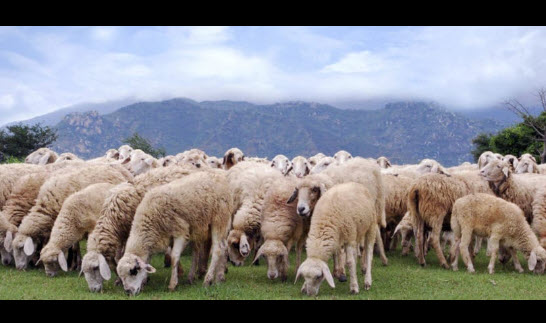
Todah rabah! Great artical.